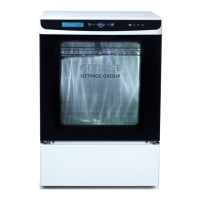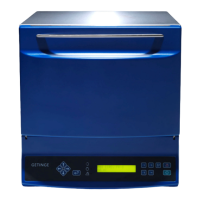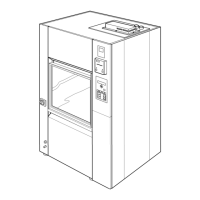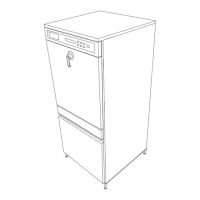What to do if the Getinge WD15 CLARO machine is overfilling?
- AalvaradosamuelSep 12, 2025
If the Getinge Laboratory Equipment machine is overfilling, you should: 1. Check the hoses for leaks. 2. Check the drainage system to ensure drainage water doesn't overflow the chamber. 3. Check the function of the level sensor. 4. Check that the water level in the condenser does not increase and form a water lock.







